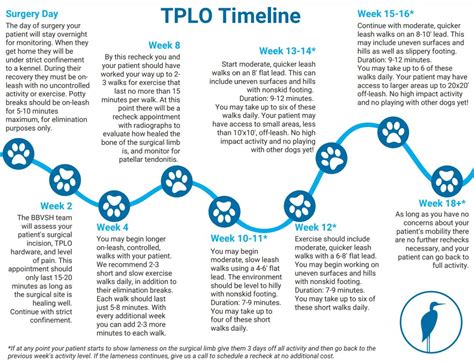Introduction

Pet surgery, while often necessary, can be a stressful experience for both pets and their owners. However, with proper planning and care, your furry friend can recover quickly and comfortably. Here are the crucial steps involved in pet surgery and recovery.
1. Pre-Surgery Preparation
Before surgery, your veterinarian will conduct a thorough examination and discuss the procedure with you. Key steps include:
- Fasting: In most cases, pets should fast for 12 hours before surgery to prevent nausea during anesthesia.
- Bloodwork and Imaging: These tests help assess your pet’s overall health and identify any potential complications.
- Medications: Depending on your pet’s condition, pre-operative medications may be prescribed to reduce anxiety or control pain.
2. Surgery Day
On the day of surgery, your pet will be taken to the surgical suite.
- Anesthesia: General anesthesia is typically used for surgeries, ensuring your pet remains pain-free throughout the procedure.
- Surgical Procedure: The veterinarian will perform the surgery according to the prescribed plan.
- Post-Anesthesia Recovery: After surgery, your pet will be monitored until fully awake and stable.
3. Recovery and Care
Post-operative care is crucial for a successful recovery.
- Pain Management: Pets experience varying levels of pain after surgery. Your veterinarian will prescribe pain medication and provide instructions for use.
- Wound Care: Incisions require proper cleaning and monitoring to prevent infection. Follow your veterinarian’s instructions carefully.
- Feeding: Gradually reintroduce a light diet and increase portions as advised by your veterinarian.
- Activity Restriction: Avoid excessive activity and jumping to minimize strain on the surgical site.
- Follow-Up Appointments: Regular checkups are necessary to monitor healing and ensure your pet is recovering as expected.
Common Mistakes to Avoid
- Ignoring Pain: Pets may hide pain, so it’s important to monitor their behavior and administer pain medication as prescribed.
- Overfeeding: Overeating can strain the surgical site and slow down healing.
- Excessive Activity: Rushing back into regular activities can jeopardize the healing process.
- Ignoring Incisions: Wounds require proper care to prevent infection. Keep the area clean and follow your veterinarian’s instructions.
Conclusion
Pet surgery and recovery are critical processes that require a collaborative effort between owners and veterinarians. By adhering to these guidelines and providing proper post-operative care, we can ensure our beloved pets’ well-being and a speedy return to good health.
- Consider pet insurance to cover unexpected surgical expenses. (According to the American Pet Products Association, 68% of pet owners are uninsured)
- Create a comfortable and stress-free recovery environment for your pet.
- Monitor your pet’s appetite, thirst, and energy levels throughout the recovery period.
- Don’t hesitate to contact your veterinarian if you have any concerns or questions during or after surgery.
| Pre-Surgery Tests | Importance |
|---|---|
| Blood work | Evaluates overall health, organ function, and blood clotting ability |
| Urinalysis | Assesses urinary tract health |
| Imaging (X-rays, ultrasound) | Detects abnormalities, tumors, or foreign objects |
| Post-Surgery Pain Management Options | Description |
|---|---|
| Nonsteroidal anti-inflammatory drugs (NSAIDs) | Reduce inflammation and pain |
| Opioid pain relievers | Provide stronger pain relief |
| Local anesthetic injections | Numb the surgical site |
| Activity Restrictions for Common Surgeries | Duration |
|---|---|
| Spaying or neutering | 10-14 days |
| Orthopedic surgery | 8-12 weeks |
| Abdominal surgery | 6-8 weeks |
| Warning Signs of Post-Surgery Complications | Contact Your Veterinarian Immediately |
|---|---|
| Excessive bleeding or discharge from incision | Yes |
| Swelling or redness around incision | Yes |
| Difficulty breathing or lethargy | Yes |
| Vomiting or diarrhea | Monitor and contact veterinarian if symptoms persist |
| Decreased appetite or thirst | Monitor and contact veterinarian if symptoms worsen or last more than 24 hours |





















